A pair of eco-minded design entrepreneurs bring high tropical style to the Hamptons
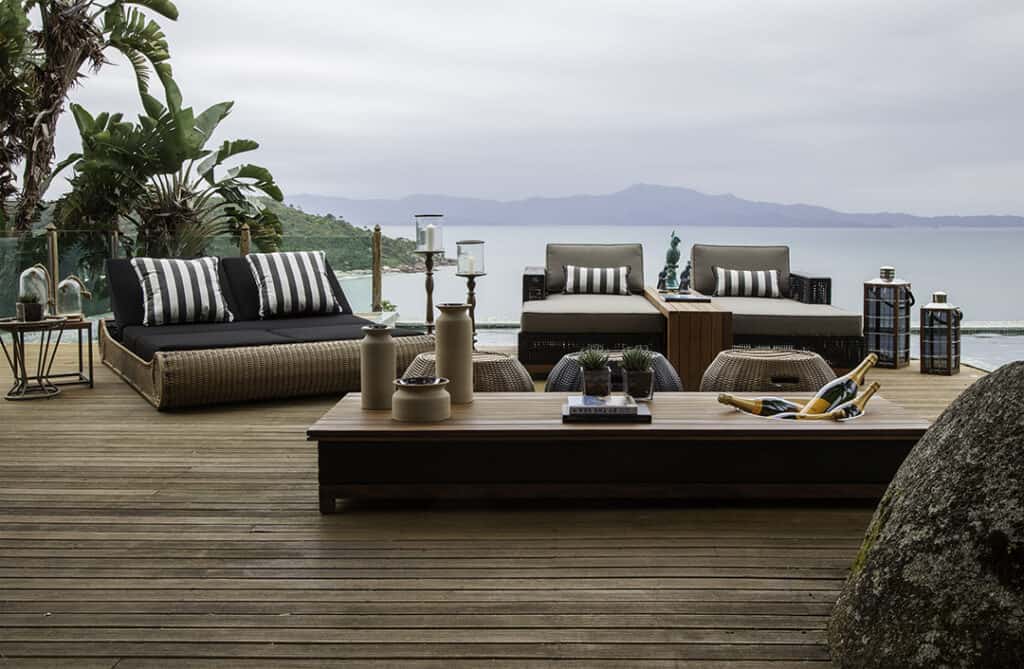
Dendé, piassava, pirarucu, and buriti are not part of the Hamptons design lexicon. What are they? If you correctly identified the first two as vegetable fibers, the third as one of the largest freshwater fishes in the world, and the fourth as the fruit of the moriche palm, chances are you either know the tropics well or you’ve spent time at the Heritage Brazil showroom in Southampton. The gallery deals in wildly inventive furniture and soft goods from Brazil — some of which are made from raw materials that grow in the Amazon and the northeast of the country.
“My family is originally from the Amazon and I have a huge love for the area,” says Lilian Vianna who founded the brand with her friend Tathiana Teixeira. “It had always been my dream to do something to bring awareness to this endangered part of the world.”
With the outbreak of the global health crisis, Vianna, who had long worked in the fashion industry, suddenly had the time to make that dream a reality. She was already pivoting toward home furnishings: high design pieces from Brazil that employed, as she puts it, “slower forms of production that had a minimal footprint and which helped people.”
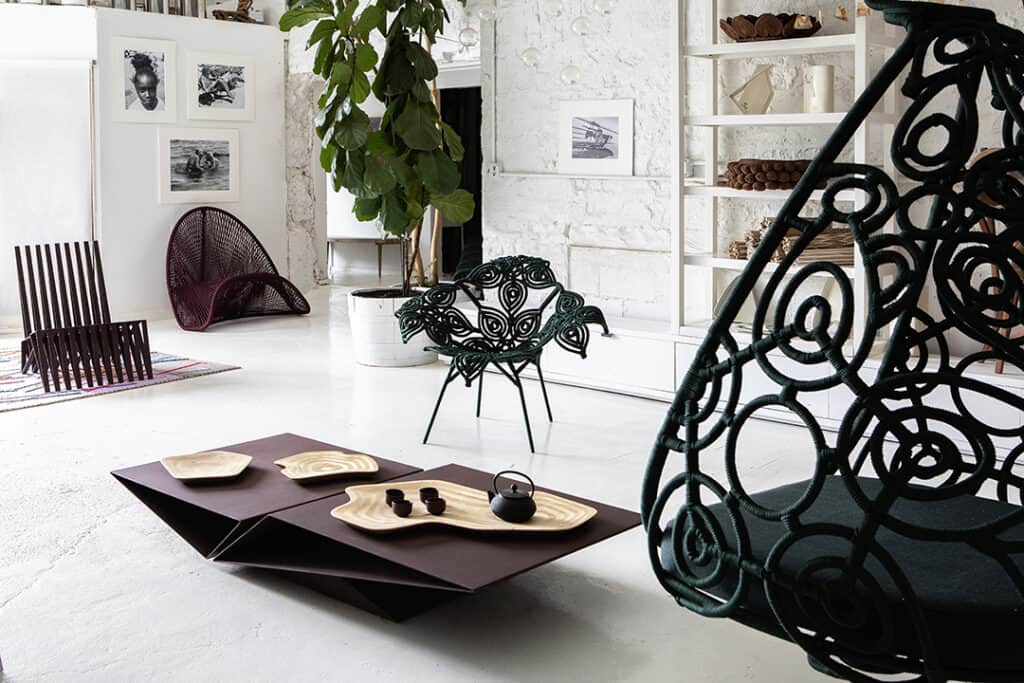

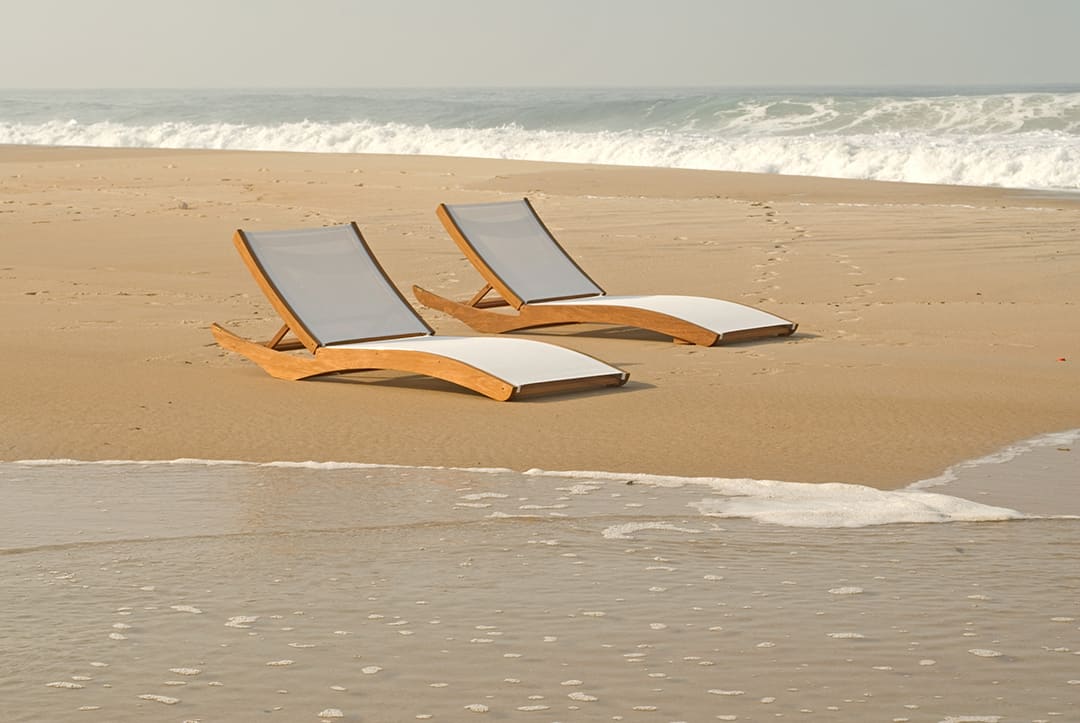
“When the pandemic hit, I was stuck. I thought, oh my god, what am I going to do?” she recalled. That’s when she decided to contact Teixeira, also from Brazil.
In short order, the two women and their husbands, Michel Benarroch and Alessandro Teixeira, banded together and hatched a plan. The Teixeiras are best known locally as the founders of Plain-T, a boutique tea company. As it happened, they ran Plain-T out of a fantastic space — all white brick walls, polished white concrete floors, and fifteen-foot high ceilings — in a converted ice warehouse in Southampton, and they had room to spare. It proved the perfect backdrop for the bright colored rugs and “tropical” furniture that would soon be artfully displayed throughout.
From the start, they decided that Heritage Brazil would do more than just sell lovely things. Thus, in addition to providing a showcase for ethically-minded, sustainable Brazilian crafts and design, its founders support initiatives that help artisans. To this end, their stable of makers includes small socially-responsible companies. For instance, there’s Trapos & Fiapos, which produces rugs woven from a mixture of cattails, a plant fiber, and goat leather, cotton, or the palm tree-derived buriti fiber. “The doctor who started Trapos & Fiapos realized that the people in her community didn’t need medicine so much as they needed jobs,” Teixeira explains. “This woman revived the ancestral tradition of rug weaving and she encourages the artisans to create their own designs.”
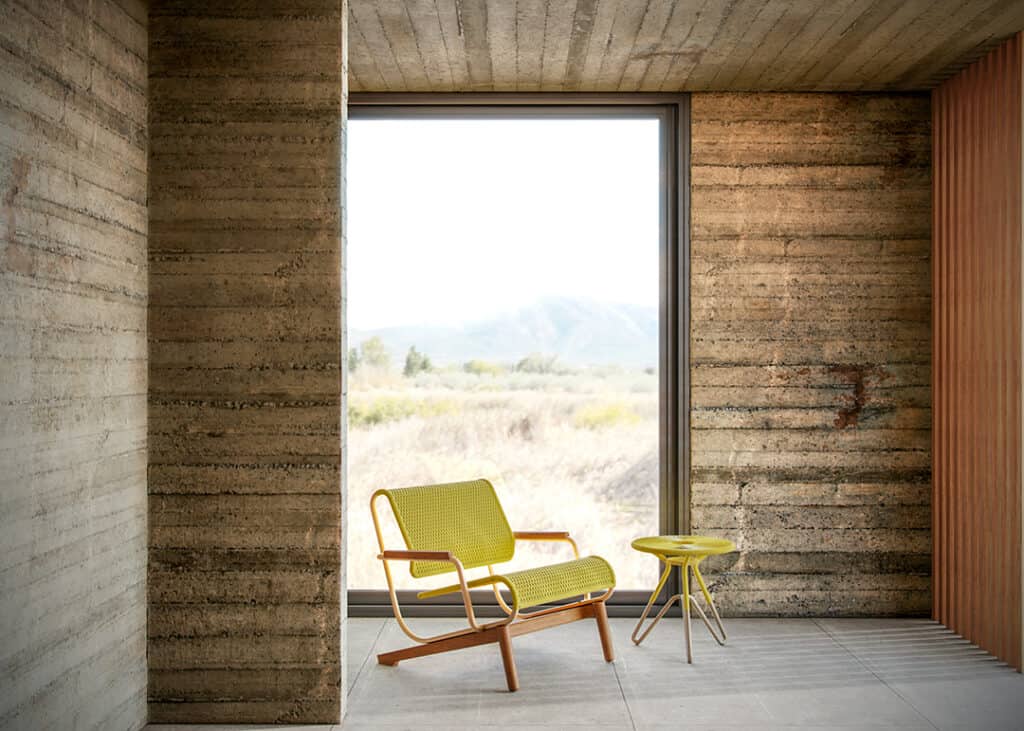
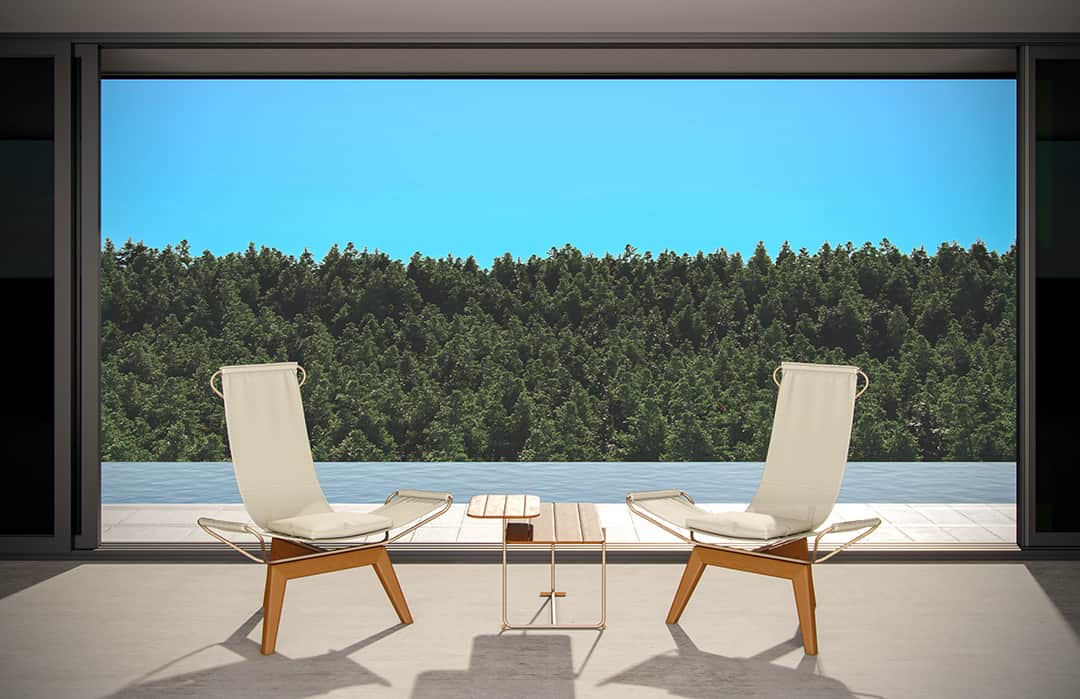

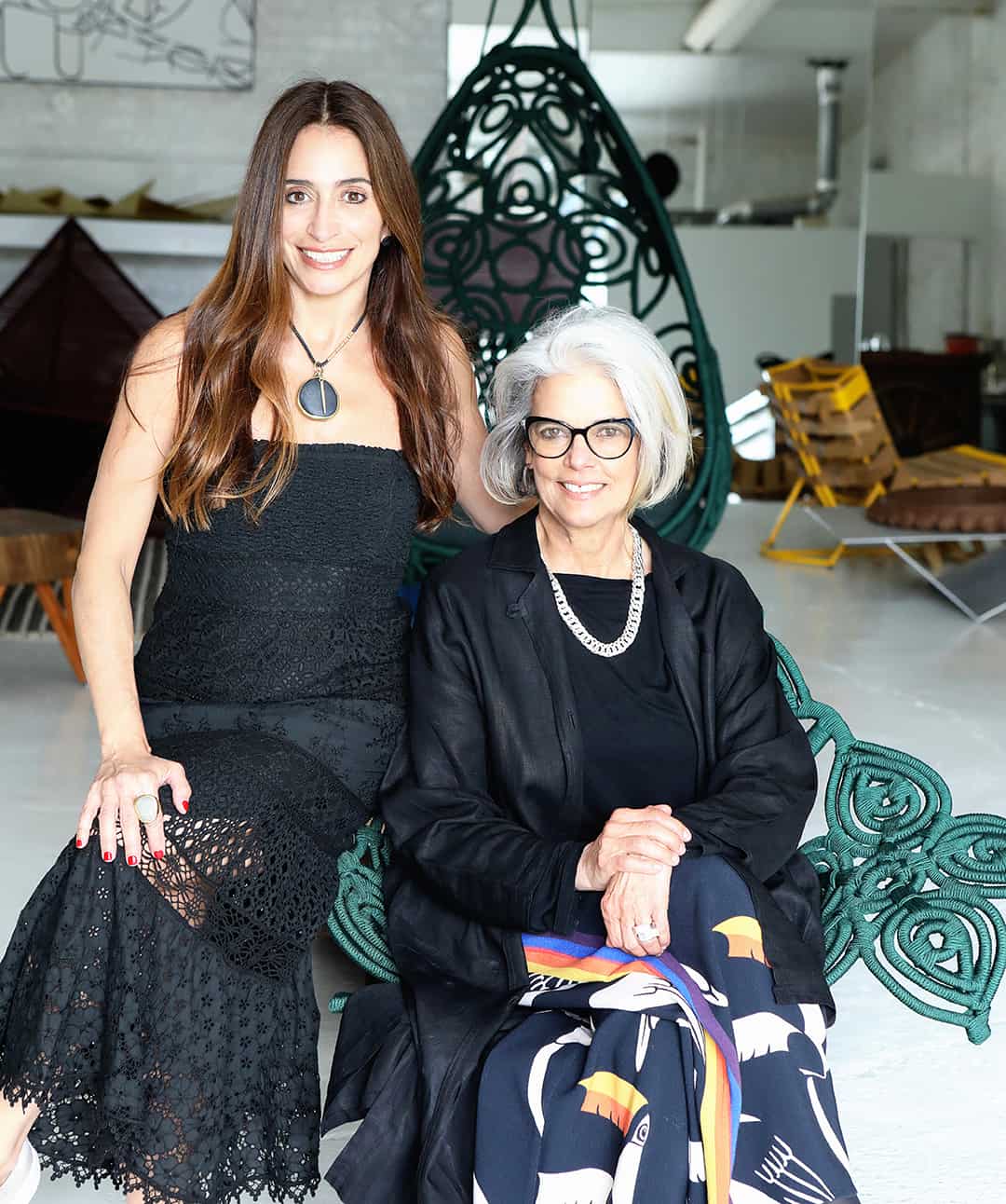
Consider another Heritage Brazil staple: dyed “leather” skins that can be made into shoes and hand bags from the once-endangered great aparaima gigas, commonly known as the pirarucu. At one time, says Vianna, the skins were discarded. Pirarucu stocks have since recovered and their trade provides extra income for indigenous people in the Amazon basin, who now sell the whole fish. “We pay the right price, a fair price,” she notes.
And then there is the collaboration between the designer Sérgio J. Matos and women from communities along the Rio Negro and the Amazon River. The women gather and soak piassava fibers in mud until they take on a deep terracotta hue and weave them into baskets of Matos’s design. According to the Heritage Brazil website, the project helps the women “rescue their cultural heritage.”
On the charitable front, there is the brand’s commitment to raising money for the Zagaia Foundation, which provides opportunities for indigenous women artisans, many of whom have been struggling to stay afloat in the Covid era. “The goal is to buy small motor boats so that people who live on the banks of the river can transport themselves,” says Teixeira. “The closest medical clinic is two hours by boat, and not all communities have one.” Adds Vianna, “We want to give back to the communities we work with. And the pandemic has given us an incredible opportunity to do so.”









!['The Maples' is a prestigious generational compound of two extraordinary estates: 18 Maple and 22 Maple. This rare offering, designed by luxury architect Lissoni partners New York and developed by visionaries Alessandro Zampedri-CFF Real Estate and JK Living, redefines opulence with the highest quality of craftsmanship and captivating views of the Atlantic Ocean. Represented by @nycsilversurfer and @challahbackgirl of @douglaselliman. [link in bio]](https://hamptonsrealestateshowcase.com/wp-content/uploads/sb-instagram-feed-images/438891010_1083749139481747_7890082604579275354_nfull.jpg)
![Featuring 360-degree water views on Mecox Bay, the Atlantic Ocean and Channel Pond, 1025 Flying Point offers the ultimate beach cottage that is flooded with natural light. With panoramic views, proximity to the ocean, and a private walkway to Mecox bay for kayaking or paddle boarding, this truly is a special retreat. Represented by @ritcheyhowe.realestate and @hollyhodderhamptons of @sothebysrealty. [link in bio]](https://hamptonsrealestateshowcase.com/wp-content/uploads/sb-instagram-feed-images/438994305_737511778456166_4602476013493875279_nfull.jpg)
![Attention advertisers! 📣 Secure your spot in the highly anticipated Memorial Day edition #HRES. Reach thousands of potential clients and showcase your brand in one of the most sought-after publications in the Hamptons, NYC, Palm Beach, and beyond. Contact us now to reserve your ad space! [link in bio]](https://hamptonsrealestateshowcase.com/wp-content/uploads/sb-instagram-feed-images/438549843_275102939023235_6718257301437562124_nfull.jpg)
![You eat with your eyes, and on the East End, it’s important that what you eat looks just as good as how it tastes. At @rosies.amagansett, the restaurant itself is plenty photo-worthy with blue ceramic tiling and yellow and white striped fabric wallpaper. But for a dish that will light up your photos, head directly to the salmon tartare! [link in bio]](https://hamptonsrealestateshowcase.com/wp-content/uploads/sb-instagram-feed-images/437094269_7296727147115953_1594410326824303644_nfull.jpg)

![We were honored to be the media sponsor for @blackmountaincapital's open house event with @jameskpeyton and @jfrangeskos at 11 Dering Lane in East Hampton! Other sponsors included @landrover, Feline Vodka, @rustikcakestudio, @la_parmigiana, @lahaciendamexicangrill11968, @homesteadwindows, Stone Castle, @talobuilders, and @thecorcorangroup.
A big thank you Carrie Brudner of Black Mountain Capital for putting together this fabulous event! [link in bio]](https://hamptonsrealestateshowcase.com/wp-content/uploads/sb-instagram-feed-images/437081213_762912965932136_6847332836522786568_nfull.jpg)

![Blooms Galore at the Long Island Tulip Festival! 🌷✨ Mark your calendars for April 15th as the vibrant tulips at @waterdrinkerlongisland burst into full bloom! Enjoy a day filled with colorful splendor, food trucks, live music, and more. [link in bio]](https://hamptonsrealestateshowcase.com/wp-content/uploads/sb-instagram-feed-images/437083429_974242677583725_6855805712693638343_nfull.jpg)
